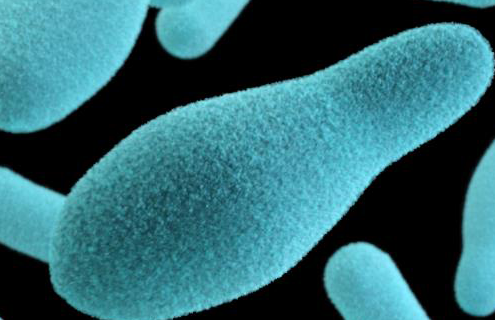Inactivation of Cryptosporidium Oocysts for Use in Immunological and Molecular Assay Applications

ASTMH 2021 Annual Meeting
Virtual Event
November 18, 2021Abstract
Download the poster to explore the inactivation of Cryptosporidium oocysts using various methods
DownloadPresenters
Robert Molestina, PhD
Lead Scientist, ATCC
Robert Molestina, PhD, is a Lead Scientist at ATCC. He has a background in scientific research in infectious diseases and execution of government-funded programs. Dr. Molestina serves as the subject matter expert in research and development activities in the Protistology and Malaria Laboratories which include, among others, the development of assays for molecular authentication of parasites, optimization of culture and cryopreservation protocols, and implementation of animal models for parasite propagation. In addition to managing parasitic protozoa and malaria resources under the BEI program, Dr. Molestina serves as the point of contact for arthropod vector resources offered through the BEI repository. His publication record for the last 20 years covers a diversity of scientific interests, including bacterial pathogenesis, molecular parasitology, eukaryotic microbiology, and proteomics of infectious disease.
Biniam Hagos, MS
Lead Biologist, BEI Resources
Featured Resources

Enteric diseases
ATCC enteric disease research materials provide you with the reliability of fully authenticated and characterized cultures for the development and evaluation of dependable tools. Our growing portfolio includes a wide array of fully authenticated and characterized bacteria, viruses, and protozoa known to cause enteric disease in humans.
Find Out MoreZoonotic diseases
The frequency of zoonotic disease transmission has been increasing over time—it is believed that as many as 3 out of every 4 new diseases in humans come from an animal source. As in our response to the COVID-19 pandemic, we will partner with the global research community to acquire, authenticate, maintain, and distribute the clinically relevant pathogens needed to respond to emerging zoonotic diseases.
Explore now